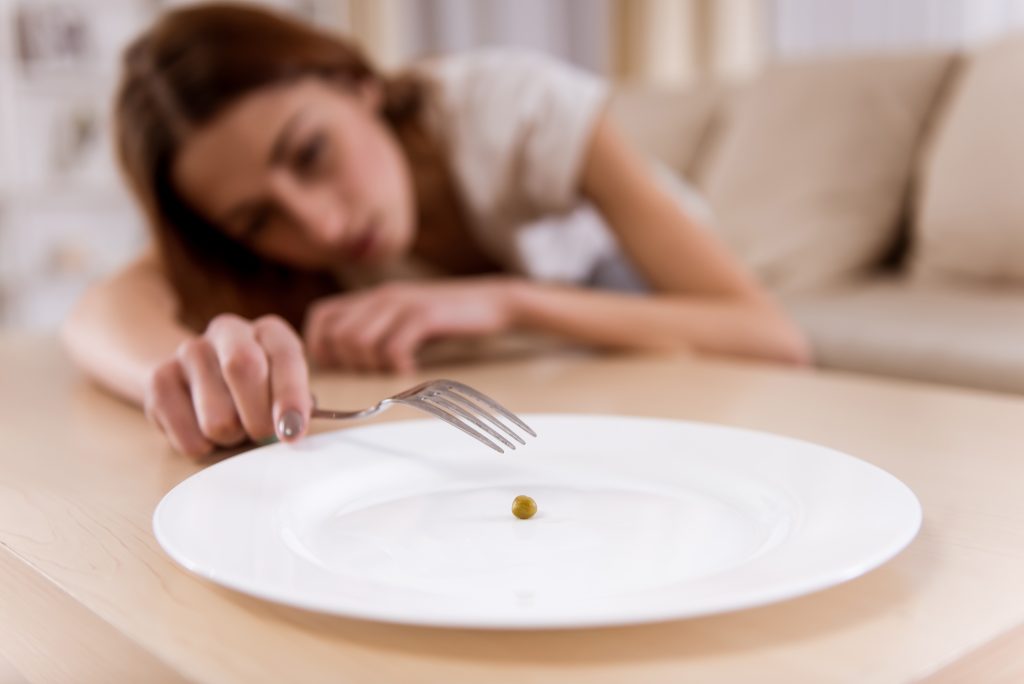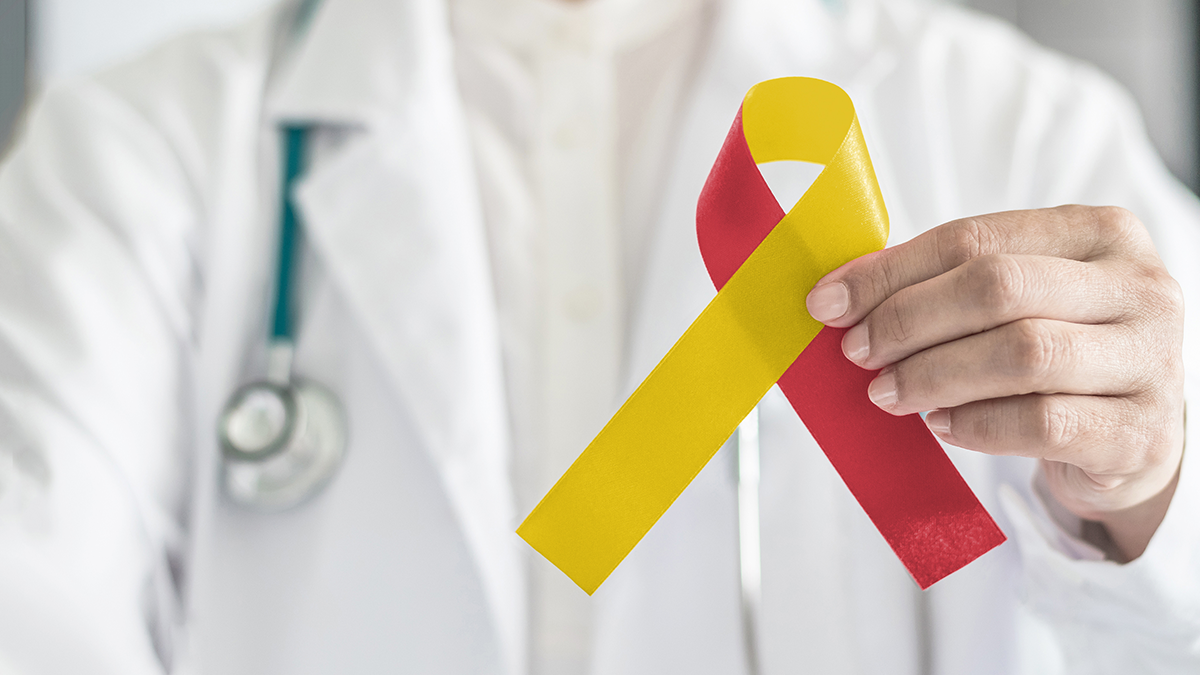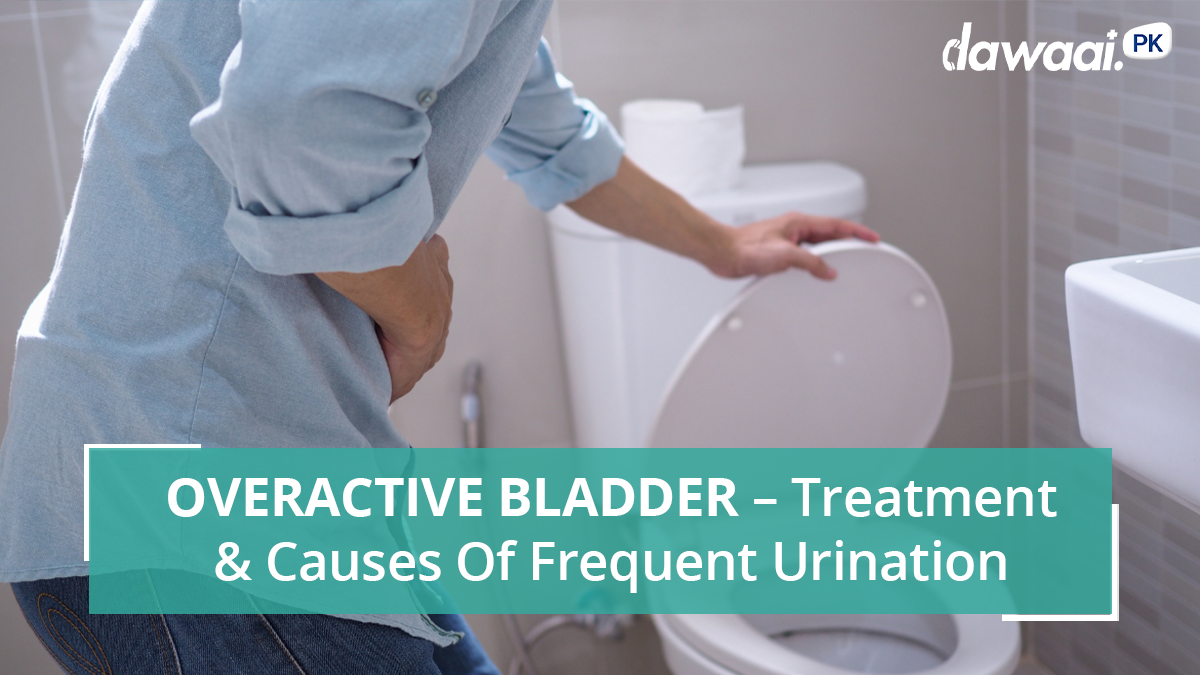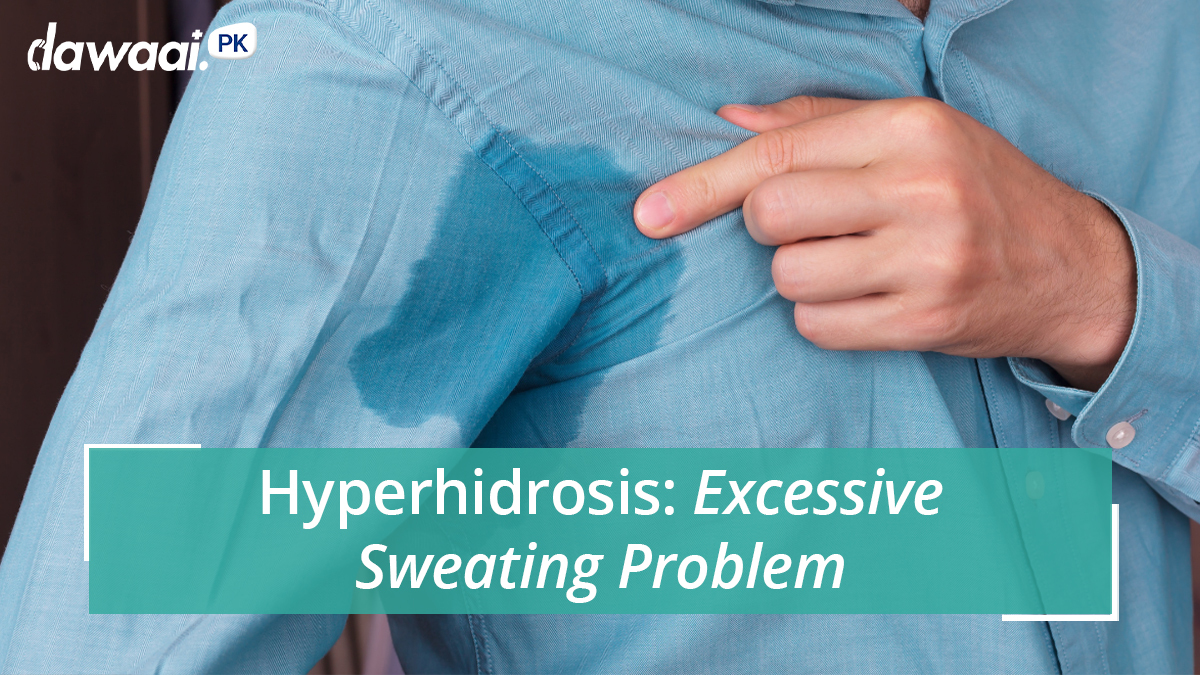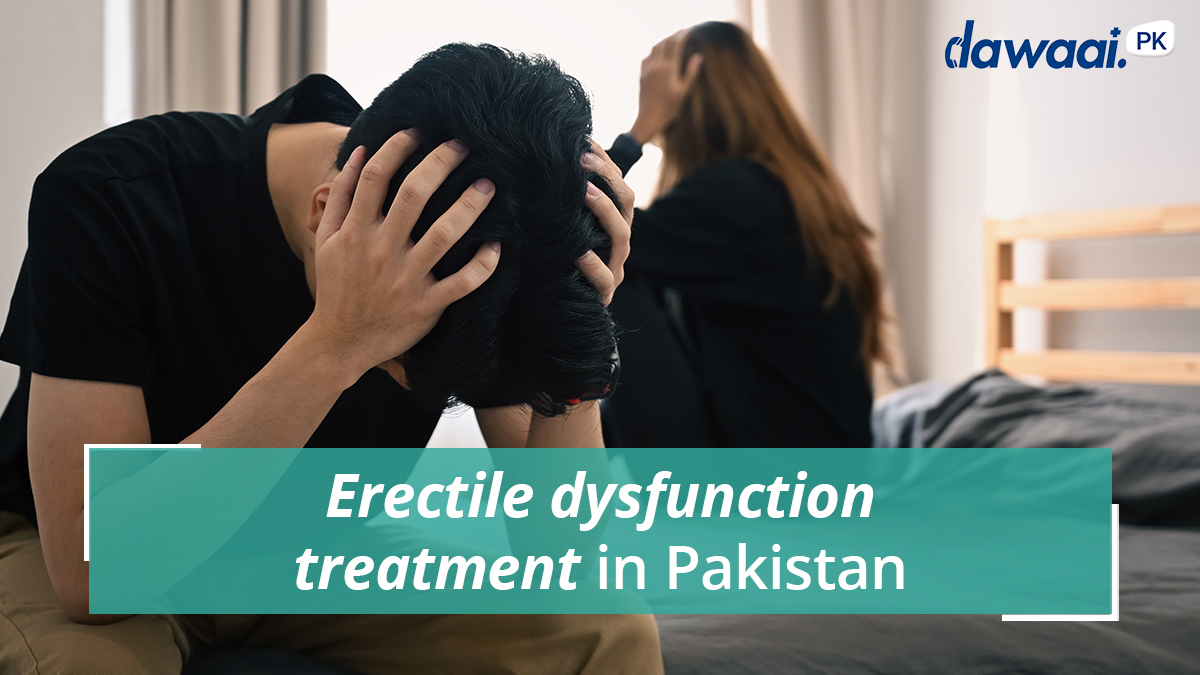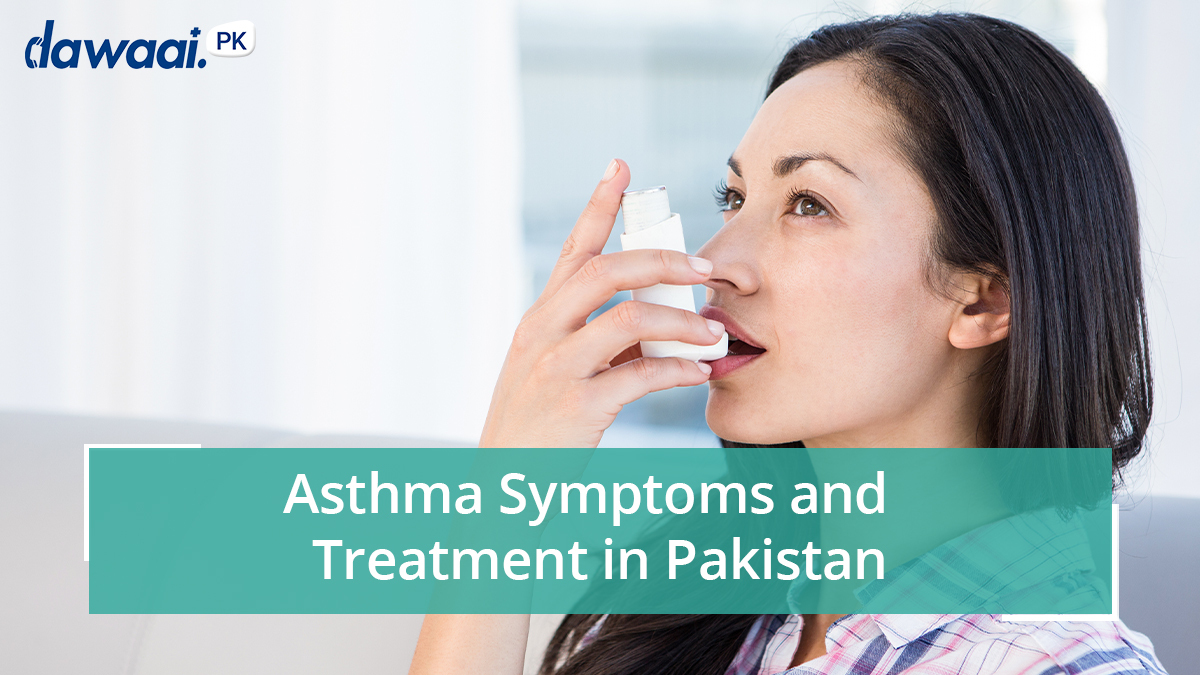Medically reviewed by Dr. Muhammad Ashraf Shera.
Not many people are aware of this rare eating disorder in which people compulsively eat items that have no nutritional value such as dirt, hair, mud, paint and clay. These are the most common items eaten. Less common items include cigarette ashes and faeces. The term originates from a Latin word that means “magpie’’ (bird) from the concept that magpies will eat almost anything.
PICA is more common in young children ages 1 to 5. In children, pica may lead to intoxication, which can result in an impairment of both mental and physical development. It can also occur in adults with developmental disabilities. On some occasions, pregnant women also crave strange non-food times such as chewing ice and it may be related to zinc and iron deficiency.
Let’s read some warning symptoms which are related to the nonfood item the person has eaten:
- Persistent eating over a period of one month, of non-food items mentioned above and they, don’t provide nutritional value.
- Substances or non food items tend to vary with availability and age. They may include soap, cloth, hair, string, soil, chalk, powder, gum, paint, pebbles, metal, ash, clay, charcoal, starch or ice.
- Blood in the stool which can be a sign of an ulcer that developed from eating nonfood items.
- Bowel problems such as constipation or even diarrhea.
- Lead poisoning (eating paint chips that contain lead).
PICA has been linked to other emotional and mental disorders such as maternal deprivation, emotional trauma, family issues, pregnancy, parental neglect etcetera can trigger pica as people find comfort. Pica is often a hallmark of extreme fear, stress or abuse. The exact cause of PICA is uncertain. One of the theories for the cause of pica in pregnant women is they have a mineral deficiency and their bodies naturally crave items that contain minerals. Cultural factors also play in some cases as pica is accepted in some cultures as a way of increasing spirituality or treating some physical illnesses like morning sickness.
Possible long term effects of pica are high blood pressure, damage to teeth and gums, poisoning, obesity, weight gain, obstruction of the bowel, nutritional deficiencies and infestation of parasites.
Treatment requires psychosocial, environmental and family approaches. It usually depends on the type and cause of pica. Some of the treatments include :
- Discrimination training between edible and non edible items.
- Protection devices that prohibit placement of non food items in the mouth.
- Medications may be helpful in reducing the abnormal eating behaviour.
- Most people outgrow pica as they grow older.
Now that you know what PICA is and if you know someone who’s suffering from it, share the knowledge and help them out!
